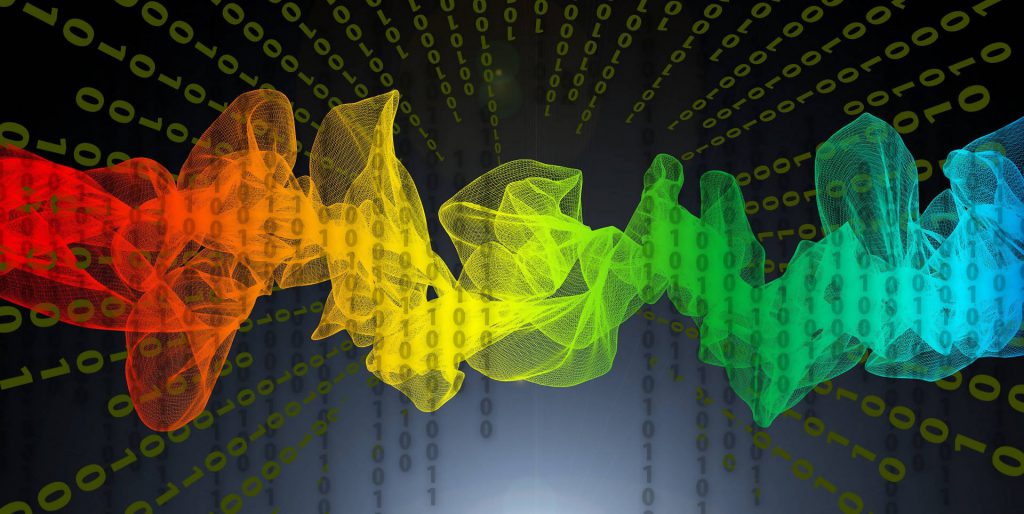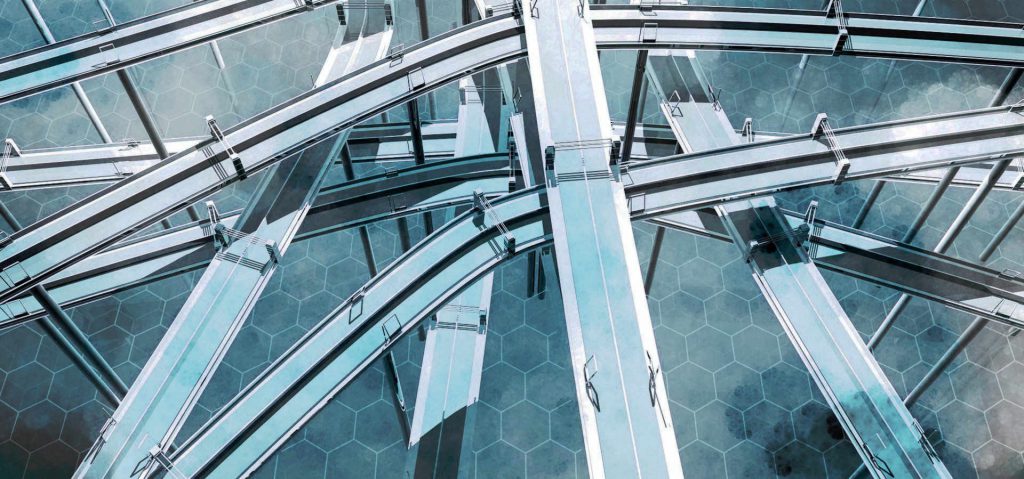Eye tracking technology – User profiling and privacy concerns
![]()
Staring is like clicking.
Eye tracking technology is starting to be used in virtual reality (VR) systems and it could be used in smartphones or notebooks in the near future.
If you are a smart web user, you think twice before clicking on a link with an alluring bait. But what if you just linger on that link with your eyes?
By clicking on an advertisement, your ad provider acquires your interests and creates a profile on you. So it will send you other relevant commercials and potentially sell those information to commercial partners. But eye tracking adds subtle capabilities to marketing profiling.
For example, you may reveal your sexual preferences, a sensitive information, just by looking a web page. By measuring the time you stare at persons of each gender or the degree of your pupils dilation, you are inadvertently revealing that information.
It’s easy to avoid clicking on a commercial if you recognize it, but avoiding to look at an image is another story. It’s about your instinct, something you cannot and don’t want to give up.
In the same way, your eye movements may reveal sensitive information about your health status, like alcohol and drug use or some diseases.
Furthermore, eye tracking systems could be used everywhere, for example integrated within billboards, to gather people preferences about products, color variants, body shapes, facial expressions and so on. But hopefully, in such cases, they cannot be matched with your identity.
Commercials may also be easily embedded in a free VR game. If you are required to log in to play that game, then you are profiled. The same holds true for other VR applications like, for example, roaming in a virtual urban scenario with some strategically placed advertisements.
We should be prepared to this next privacy invasion even though often we will be aware of that. Better to pay attention and when those boring privacy policies are available, don’t skip reading them to be aware of the consequences of using such products and services.
 IoT is the inter-networking of any physical device, while Big Data refers to storage and analysis of large amounts of data.
IoT is the inter-networking of any physical device, while Big Data refers to storage and analysis of large amounts of data. The world is approaching a revolution in road transport. There will be tremendous changes in many aspects:
The world is approaching a revolution in road transport. There will be tremendous changes in many aspects: